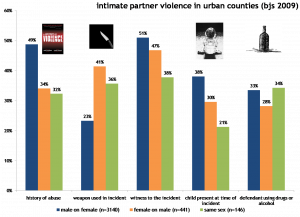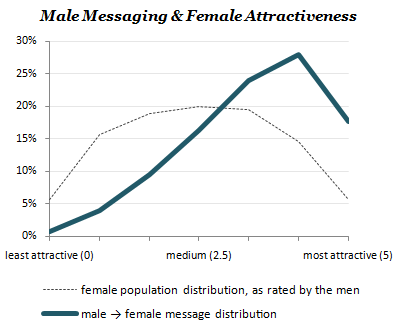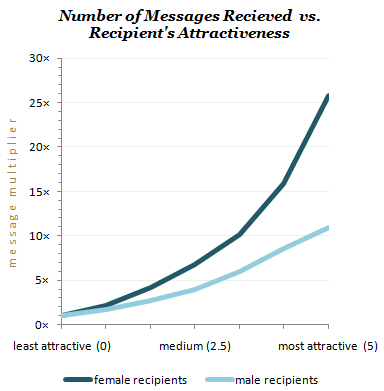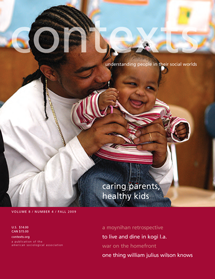 Sad news from my hometown area – four police officers were killed in an ambush attack in a coffee shop outside of Tacoma, Washington. I just drove by that coffee shop yesterday; I can hardly imagine it as the site of such a gruesome attack. The Lakewood Police Department is only five years old, and losing four of its members in a targeted attack must be devastating.
Sad news from my hometown area – four police officers were killed in an ambush attack in a coffee shop outside of Tacoma, Washington. I just drove by that coffee shop yesterday; I can hardly imagine it as the site of such a gruesome attack. The Lakewood Police Department is only five years old, and losing four of its members in a targeted attack must be devastating.
It’s a reminder that police officers face danger – both obvious and hidden – every day. I’ve known officers who died in the line of duty, and some of my favorite students over the years aspire to and have gone on to become police officers.
Washington Governor Chris Gregoire released the following statesment:
Our police put their lives on the line every day, and tragedies like this remind us of the risks they continually take to keep our communities safe. My heart goes out to the family, friends and co-workers of these officers, as well as the entire law enforcement community.
Thanks to the police officers who risk their lives every day and to their families who live with the fear of losing them. For more information on this shooting, the Tacoma News Tribune has extensive coverage of the case.





 The Marion County Jail in Salem, Oregon is instituting a new policy on January 1st that will
The Marion County Jail in Salem, Oregon is instituting a new policy on January 1st that will 
 Just a quick note to point people to the student essay in the current issue of Contexts. My student, Tasha Galardi, wrote about her experience and what she learned in our Inside-Out class this spring 2009. Her observations about the inside students (inmates) and how they helped her come to a new understanding of sociological concepts and criminological theories is thoughtful and revealing.
Just a quick note to point people to the student essay in the current issue of Contexts. My student, Tasha Galardi, wrote about her experience and what she learned in our Inside-Out class this spring 2009. Her observations about the inside students (inmates) and how they helped her come to a new understanding of sociological concepts and criminological theories is thoughtful and revealing.